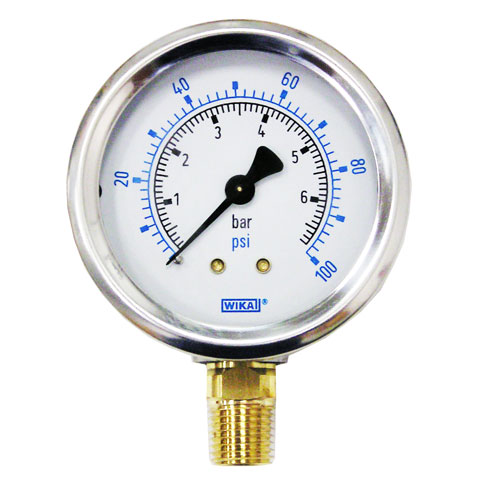

Usage Map showing atmospheric pressure in mbar or hPa A tire-pressure gauge displaying bar (outside) and pounds per square inch (inside)Ītmospheric air pressure where standard atmospheric pressure is defined as 1013.25 mbar, 101.325 kPa, 1.01325 bar, which is about 14.7 pounds per square inch. Between 17, the word bar was used for a unit of weight in an early version of the metric system. The unit's official symbol is bar the earlier symbol b is now deprecated and conflicts with the use of b denoting the unit barn, but it is still encountered, especially as mb (rather than the proper mbar) to denote the millibar. The word bar has its origin in the Ancient Greek word βάρος ( baros), meaning weight. 1 millibar = 1 hectopascal (1 hPa = 100 Pa).1 millibar ( mbar) = 1 one-thousandth bar, or 1 ×10 −3 bar.1019.716 centimetres of water (cmH 2O) (1 bar approximately corresponds to the gauge pressure of water (not absolute) at a depth of 10 meters).The bar is defined using the SI derived unit, pascal: 1 bar ≡ 100,000 Pa ≡ 100,000 N/m 2. Units derived from the bar include the megabar (symbol: Mbar), kilobar (symbol: kbar), decibar (symbol: dbar), centibar (symbol: cbar), and millibar (symbol: mbar).

The International Astronomical Union (IAU) also lists it under "Non-SI units and symbols whose continued use is deprecated". The US National Institute of Standards and Technology (NIST) deprecates its use except for "limited use in meteorology" and lists it as one of several units that "must not be introduced in fields where they are not presently used". The bar has been legally recognised in countries of the European Union since 2004. The International System of Units, despite previously mentioning the bar, now omits any mention of it. The bar and the millibar were introduced by the Norwegian meteorologist Vilhelm Bjerknes, who was a founder of the modern practice of weather forecasting, with the bar defined as one mega dyne per square centimeter. By the barometric formula, 1 bar is roughly the atmospheric pressure on Earth at an altitude of 111 metres at 15 ☌. A pressure of 1 bar is slightly less than the current average atmospheric pressure on Earth at sea level (approximately 1.013 bar). The bar is a metric unit of pressure, but not part of the International System of Units (SI) it is defined as 100,000 Pa (100 kPa). Since the tanks are usually filled up to 3000 psi, it is much easier to make the calculations and knows when to come back.A pressure of 700 bar flattened this length of aluminium tubing, which had a wall thickness of 5 millimetres (0.20 in). This is due to the three-thirds rule (one-third of the gas is used for the outbound trip, one-third is for the return trip, and the last one-third is a safety reserve). On the other hand, in technical cave diving, users often prefer to use tanks that express the measurement in psi. Just remember 1 liter is equivalent to 0.0353147 ft3, and you will understand why. However, more complicated calculations are needed to know the cubic feet left using the imperial system. If you multiply the bars left in your tank by the liters it has, you will know how many liters of air you have left. Scuba tanks are usually filled at 200 bar pressure, and bottles have an air capacity of 10 l., 12 l., 15 l., or 18 l. At least, sometimes.įor example, using the metric system, it is easier to calculate the liters of air left in the bottle. The truth is that choosing one system or another could make a scuba diver’s life easier. The difference between psi and bar goes beyond your favorite metric system. CATAMARAN Party in Montego Bay with Dressel Divers –.CATAMARAN Wedding in Montego Bay with Dressel Divers –.MANGROVE SAFARI Kayak & Snorkeling Excursion –.

CATAMARAN Tour in Montego Bay with Dressel Divers –.Puerto Vallarta WHALE WATCHING Excursión –.DIVE INSTRUCTOR COURSES (IDC College) –.



 0 kommentar(er)
0 kommentar(er)
